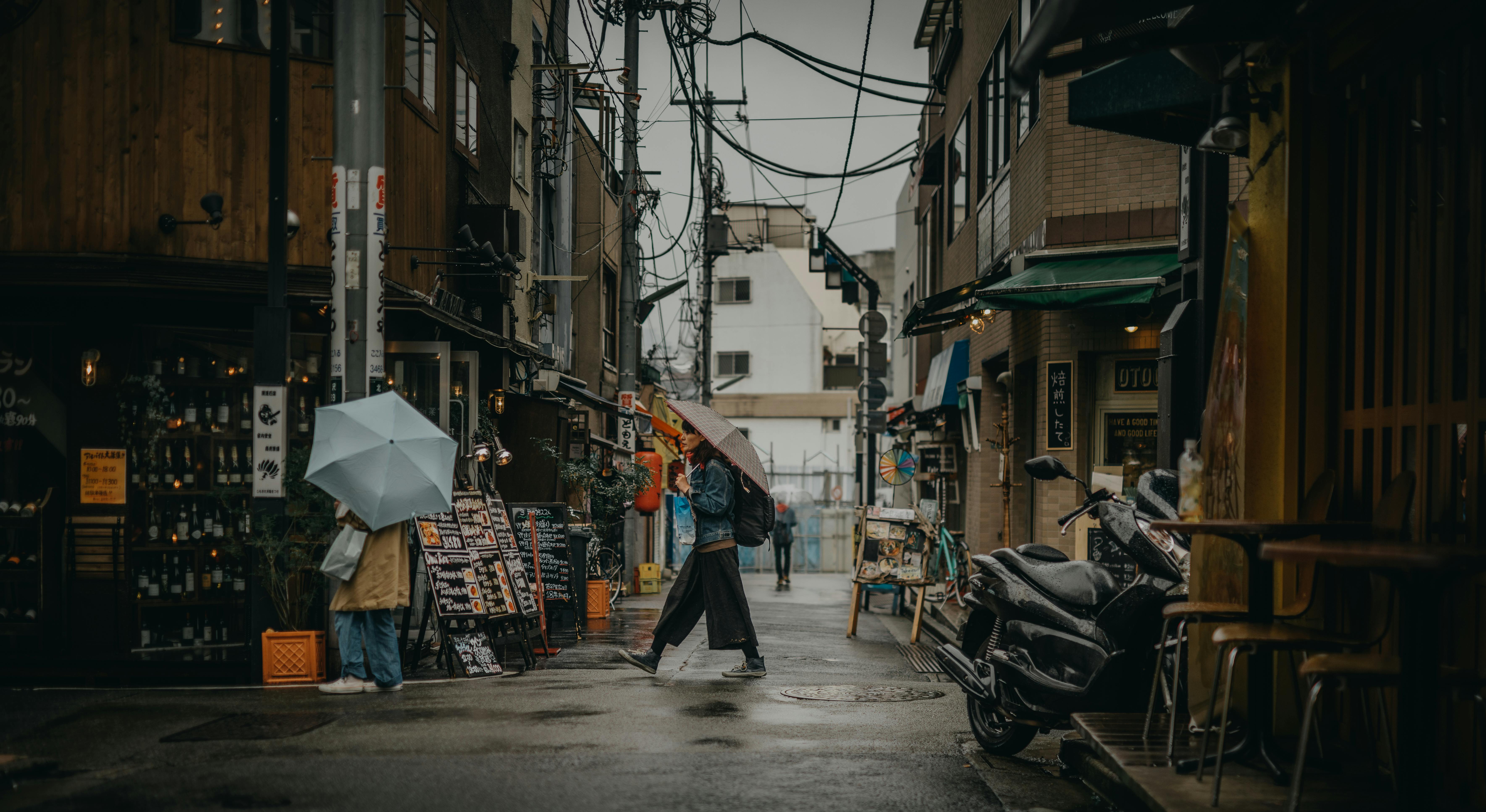Arctic warming and climate change = more dangerous hurricanes
Climate effect of global warming … fact or fiction?
What happens in the Arctic does not stay in the Arctic. what does this mean to you? Researchers say Hurricane Harvey, which hit the entire state of Texas, is the kind of extreme storm we’ll see the most in a warming world. Epic rainfall rates and rising storm surge have caused catastrophic damage in the great state of Texas.
Using models to investigate the links between climate change and extreme weather
You can never identify a single cause of killer storms. Extreme events always unite multiple factors at the same time. There is a great debate within the scientific community about climate change and extreme weather. But it is notable to note the fact that the attribution of extreme weather to global warming is based on the use of models to try to recreate historical weather records.
A weather model, also known as a numerical weather forecast, is a complex algorithm run by supercomputers to try to predict future weather. Different models and assumptions give different answers. But many see the attribution as a start to quantifying, for example, the increased risk of extreme rainfall events along, say, the Gulf Coast due to the Arctic and global warming.
In other words, climate science will never be able to predict the weather without errors, but by identifying the data relevant to our ever-crowded, polluted, windy and rainy planet, it is up to us to take action and use the data to pay attention. your knowledge. Will these extreme weather conditions get worse as global climate change continues?
To what extent does climate change affect hurricanes?
Is it a little or a lot? The degree of effect that climate change has on hurricanes is not resolved. People naturally want to know “why” or “how” a catastrophic storm landed in their neighborhood. And if possible, people would like to know if there is anything they can do to minimize the chances of it happening in the future.
This debate is not yet resolved, but many leading researchers have theories that they are not hesitant to share with curious audiences. There is room for our knowledge to grow and for new tools, such as weather attribution, to help us manage future risks. What can be done in the future to address future risks? How does renewable energy impact the negative effects of global warming?
Benefits of using renewable energy
Renewable energy – wind, solar, geothermal, hydroelectric, and biomass – provides substantial benefits for our climate, our health, and our economy. Human activity is overloading our atmosphere with carbon dioxide and other emissions from global warming, which trap heat, constantly increase the planet’s temperature, and create significant and damaging impacts on our health, our environment, and our climate.
Increasing the supply of renewable energy would allow us to replace carbon-intensive energy sources and significantly reduce global warming emissions in the US, generating, among many, negative effects on our environment, such as extreme weather.
Climate change made Hurricane Harvey more dangerous
It’s difficult to establish a clear connection between killer hurricanes and global warming, but there is a common school of thought that theorizes that there is, in fact, a direct connection between past killer hurricanes Sandy and Harvey and climate change.
Charles H. Greune, professor of earth and atmospheric sciences at Cornell University, stated that “what happens in the Arctic does not stay in the Arctic,” he said in a statement Wednesday. “Like Superstorm Sandy, the warming Arctic likely played a role in making Hurricane Harvey such an extreme deadly storm.”
Greene went one step further by identifying how climate change influenced both:
- the formation of the storm
- and the path he took
Two storms that resembled each other’s destructive path, Hurricanes Sandy and Harvey, were similarly prolonged. Instead of veering into the ocean like most late-season hurricanes do, these storms line up in mostly populated urban areas. and then stalled, pouring trillions of gallons of water into the areas, resulting in enormous property damage and loss of life.
Maddie Stone, who has a Ph.D. in earth and environmental sciences, said climate change made or “probably” made Harvey worse.
Factors that make hurricanes more dangerous:
We know that warming sea surfaces and air temperatures affect storms and produce more extreme precipitation. In fact, the strongest downpours in the world have become more extreme.
Global warming factors that can affect hurricanes:
- Rapid sea level rise: the first global warming factor that can make hurricanes more dangerous is rapid rise in sea level in the maritime region, for example, Texas and New Jersey, making areas more prone to flooding.
- Increase in temperatures: the second factor is the increased temperatures in the region resulting in more moisture in the atmosphere, bringing more rain to the regions.
- Global warming may also have contributed to:
- a deep layer of warm water that feeds the hurricane as it intensified near the shore
- subtropical high pressure systems – It is believed that this phenomenon has possibly stopped extreme hurricanes near the coast with high pressure subtropical systems that maintain a meteorological system in the middle and cause its route to slow or stop.
Kevin Trenberth, a climate scientist at the National Center for Atmospheric Research, believes Harvey was “a little more intense, bigger and more durable” than he would have been in the absence of climate change.
The new norm, killer storms?
Many researchers agree that killer storms like Sandy and Harvey are the “new norm” as greenhouse gases raise sea levels, leading to higher storm surges, which then leads to increased rainfall. .
Hurricane Harvey and its remnants have quickly become one of the worst natural disasters in American history. The storm’s unprecedented duration and intensity has sparked a heated debate about how much climate change is to blame. The short answer is that we don’t know yet. But trying to answer that question will help us better prepare for the future.



